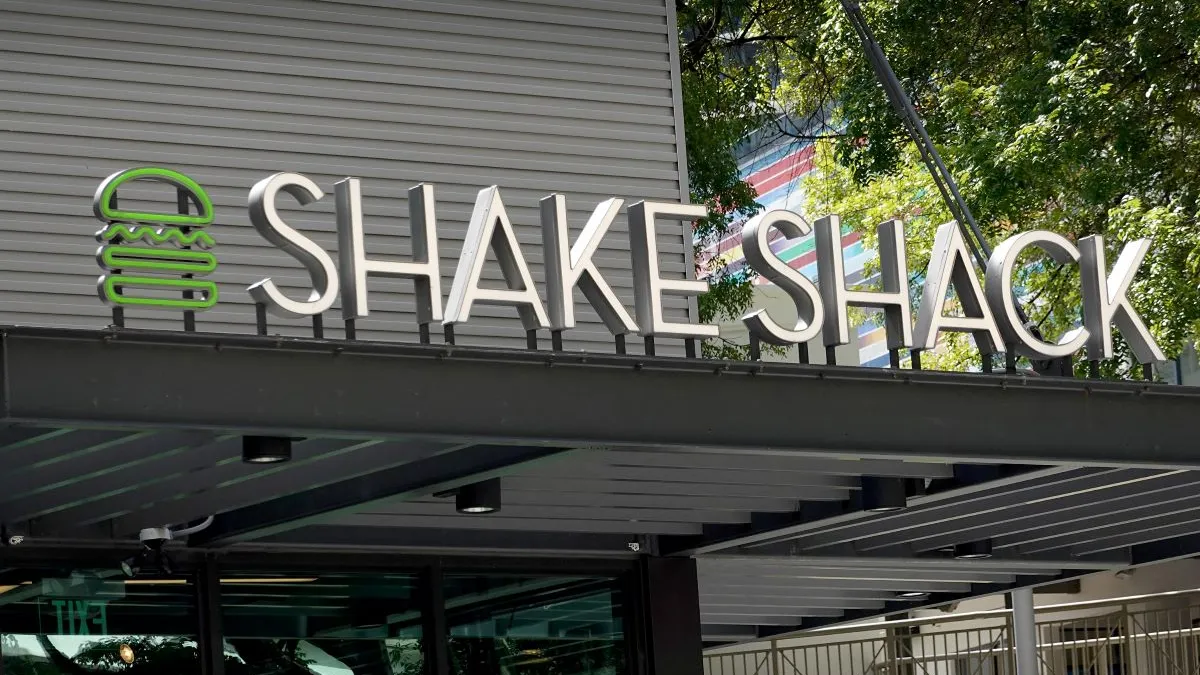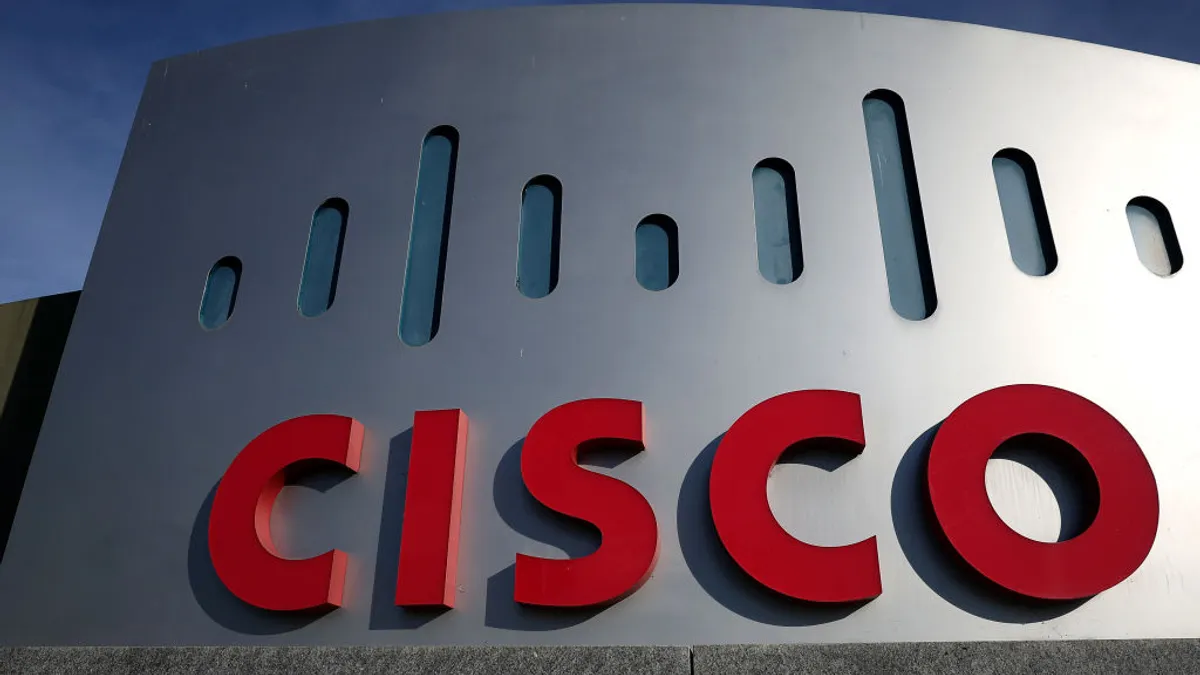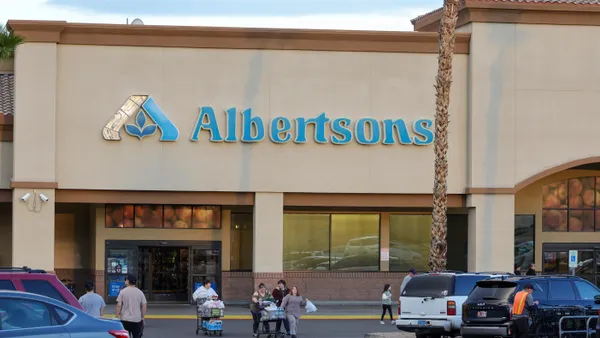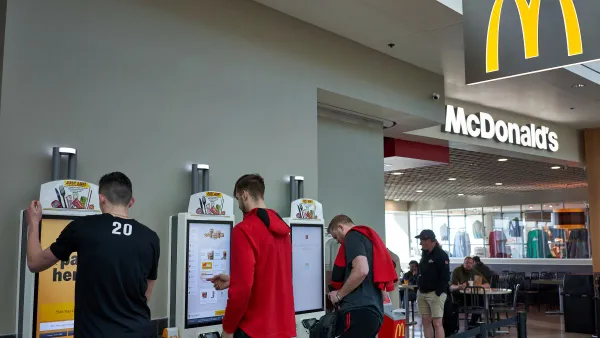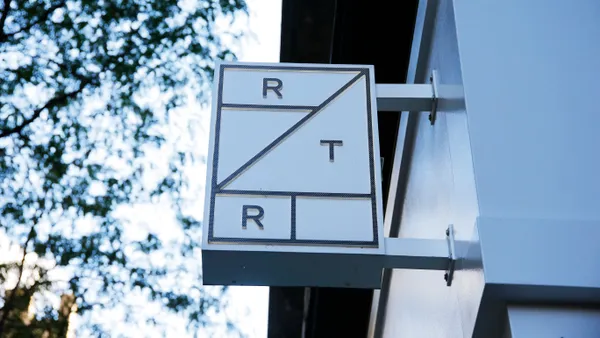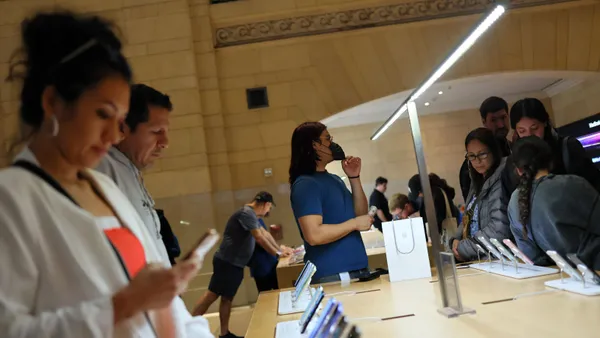Dive Brief:
- Shake Shack is combining process improvements, a refreshed labor scheduling model and in-store kiosks to improve customer experience and speed of service, executives said during a Q4 2024 earnings call Thursday.
- The company introduced speed of service as a key performance indicator in 2024, leading to immediate improvements, according to CEO Rob Lynch. Average wait times declined by about one minute year over year, and order accuracy reached record levels in 2024.
- Lynch sees room for further improvement, noting that lunchtime lines in New York City can reach 10 people long. “So we have a lot of work to do,” he said during the call. “We are not disclosing exactly what those times are, but I can tell you that we still have another minute to go before we even get into the ballpark of where I want to be.”
Dive Insight:
Shake Shack is leaning into speed of service as a sales driver that can help it maintain its momentum.
The stakes are high. During his time as VP of marketing at Taco Bell, Lynch said leaders calculated that every second it could eliminate of drive-thru delivery time was worth $1 million in systemwide sales. The company looked into maximum capacity during peak hours and measured when lines stopped growing to determine how many people would drive away rather than place an order.
Shake Shack’s ability to reduce its speed of service by one minute is unheard of at other quick service restaurants, which focus on driving fulfillment down by a second or two at a time, according to Lynch. However, the restaurant still remains behind the industry’s standard total time to delivery.
Shake Shack may be slower than its competition, but its performance is strong. Same-restaurant sales were up 4.3% year over year in the fourth quarter, and system-wide sales were up 13.3% year over year to $500.7 million, according to a company earnings release.
The restaurant chain’s pursuit of improved speed and service is ongoing. The company recently conducted a study of its store operations and designed bespoke labor models for each. Before the change, Shake Shack allocated staffing levels based on a restaurant’s sales. Now each location schedules workers based on its unique needs.
“By implementing this new labor scheduling system, we do believe that we are providing a better guest experience, and we are enhancing our returns,” Katie Fogertey, CFO of Shake Shack, said during the call. “However, it really is only able to be executed by the strength of our operations.”
Shake Shack is aiming to further refine its operations by opening a kitchen innovation lab in Atlanta later this year. The space will focus on improving service times and convenience, according to Lynch.
The company is also testing ways to connect with loyalty customers through its in-store kiosks, according to Lynch. The goal is to offer targeted incentives based on previous purchases without disrupting their ordering experience.
“We are right now trying to stay away from a pure points discounting loyalty program,” Lynch said. “We don't feel like that is necessary for us. We feel like we can do it in an enlightened hospitality way, which is about understanding our guests and being able to deliver on their unmet needs.”



